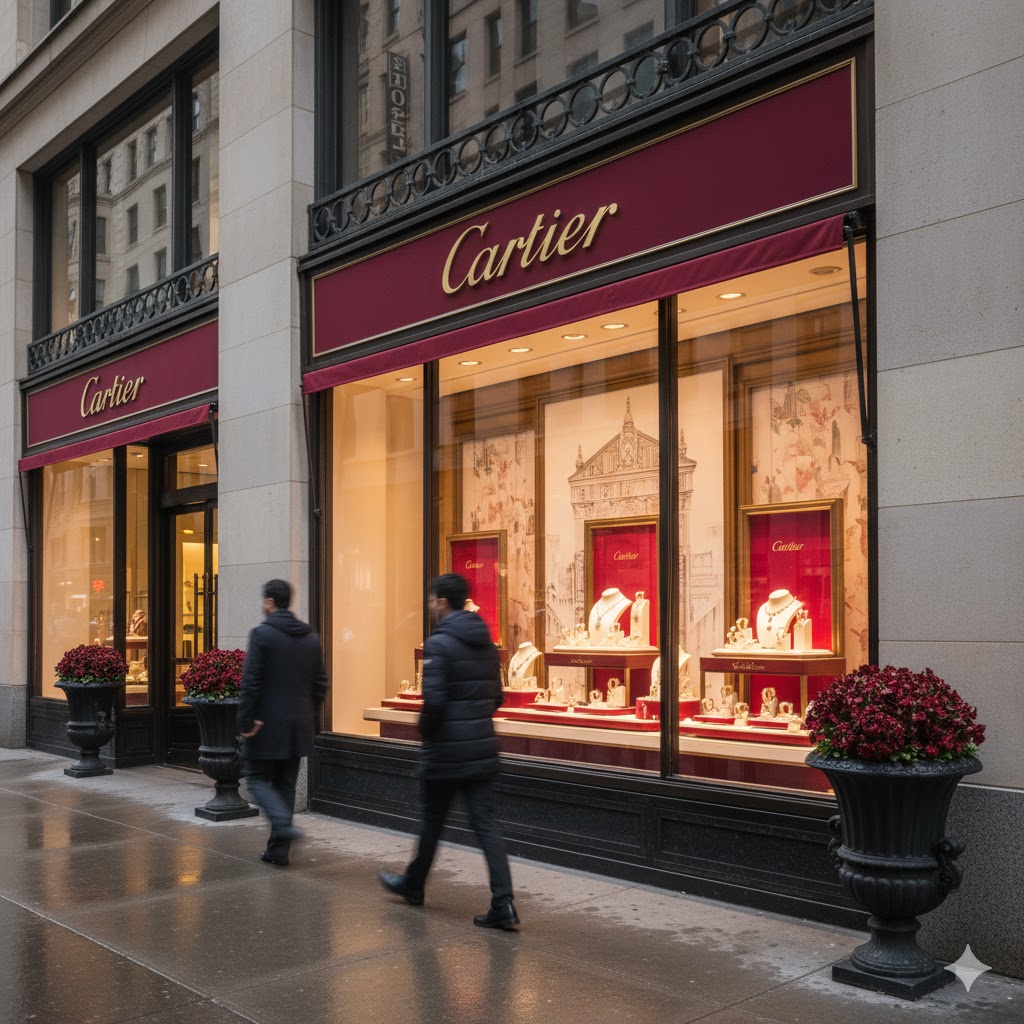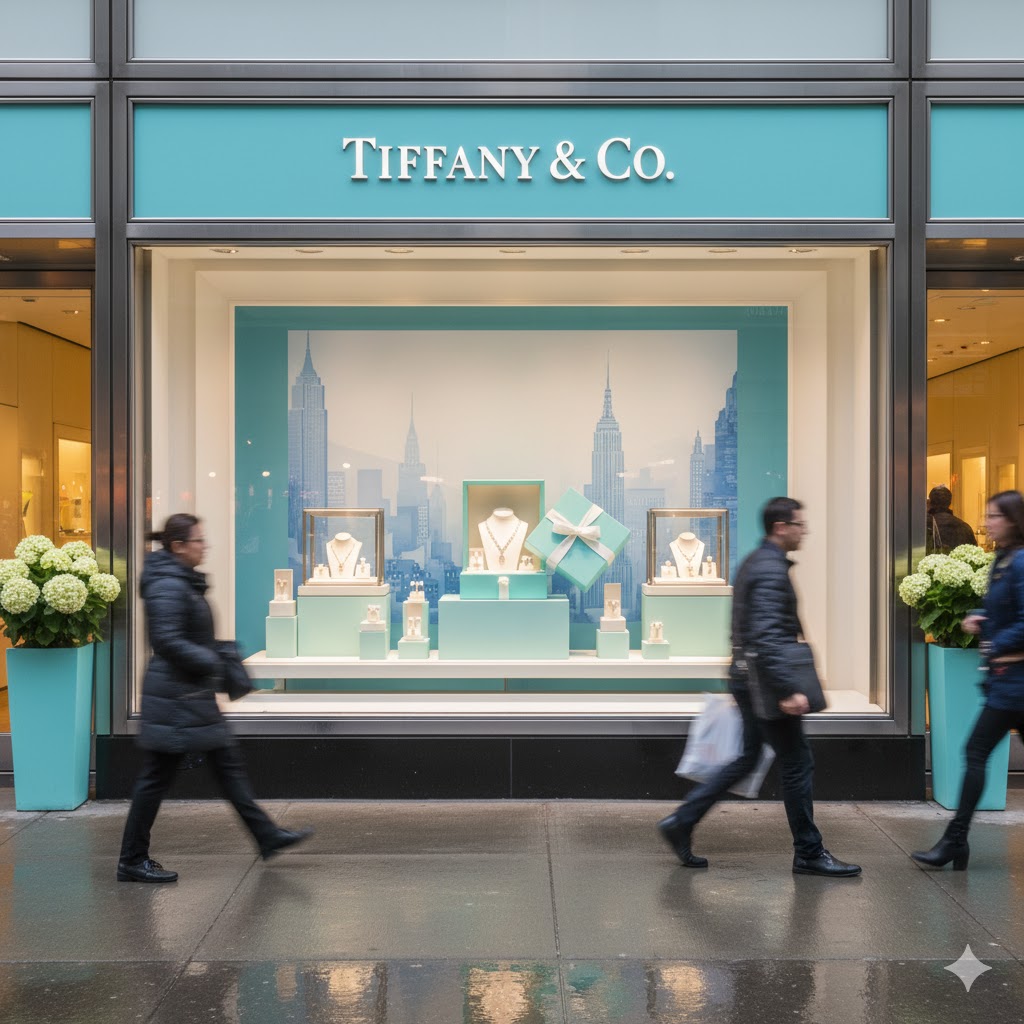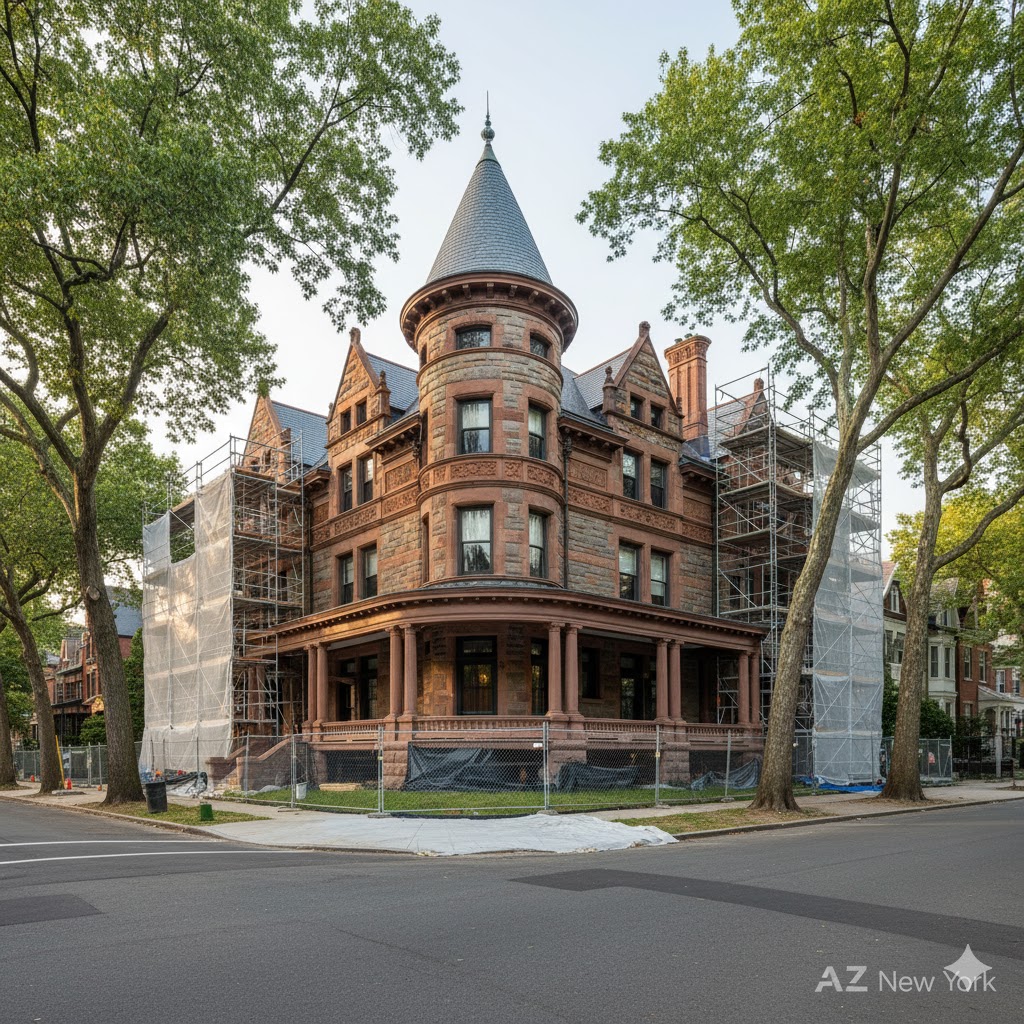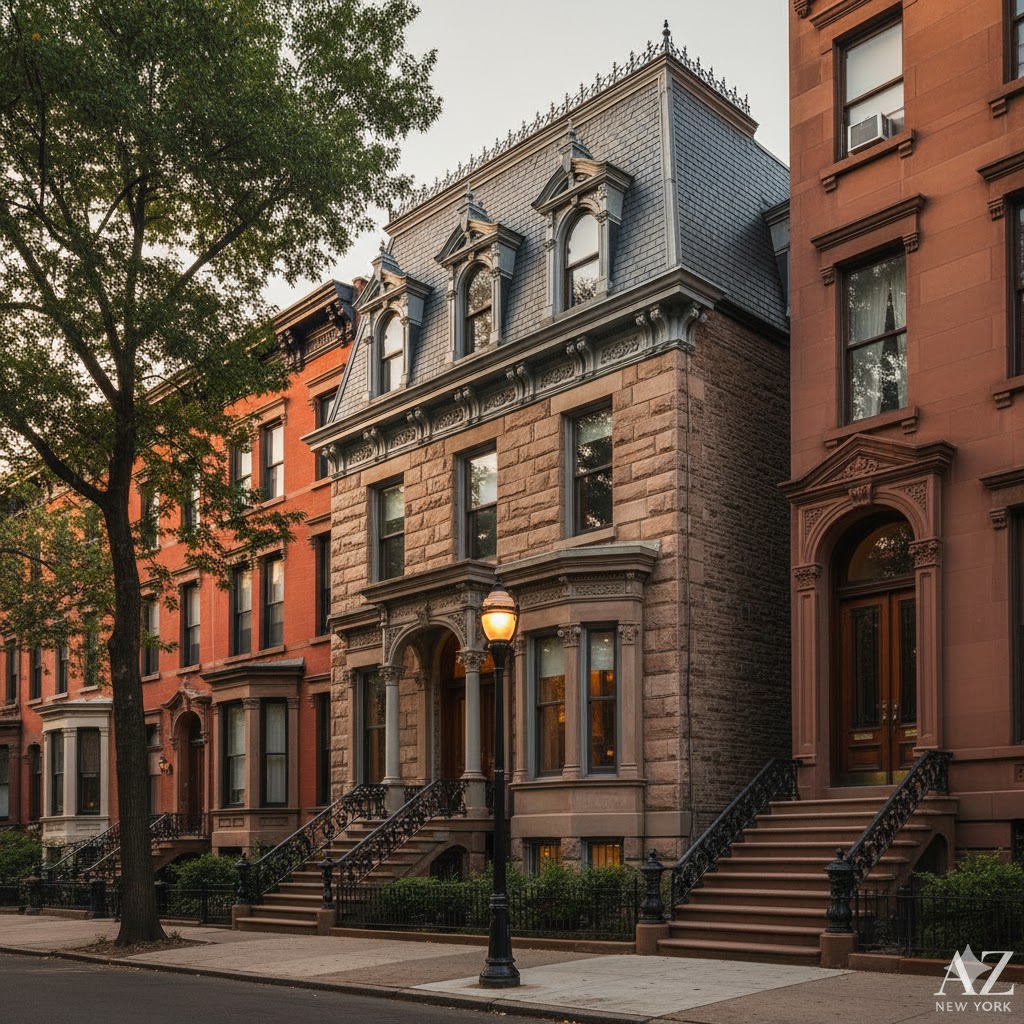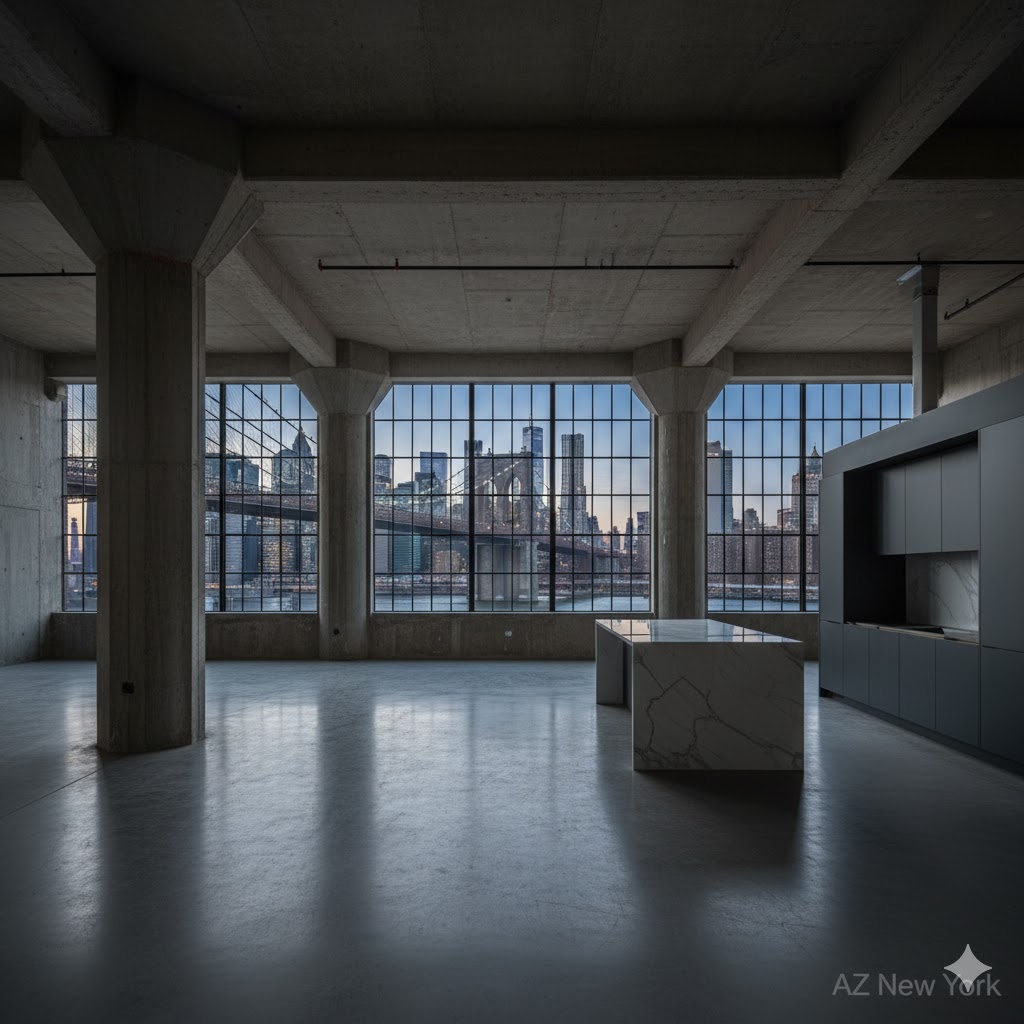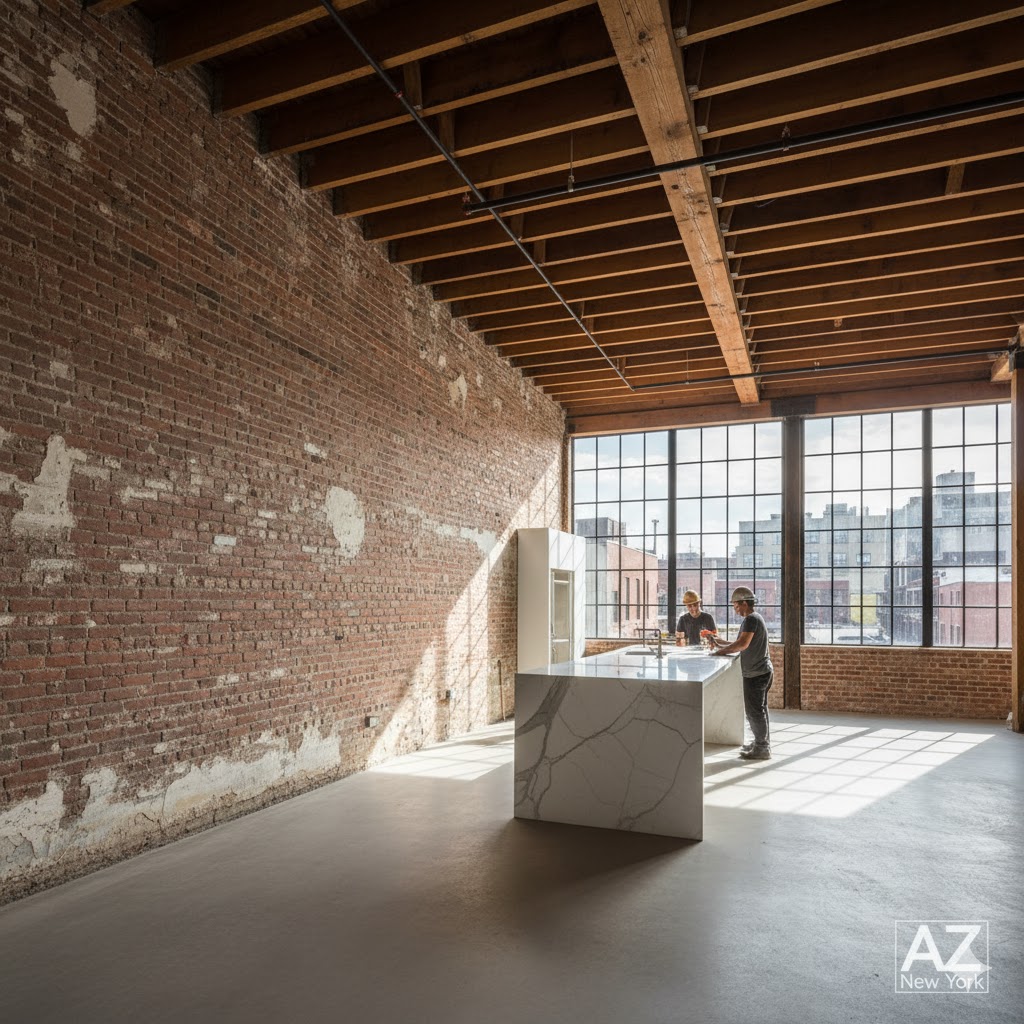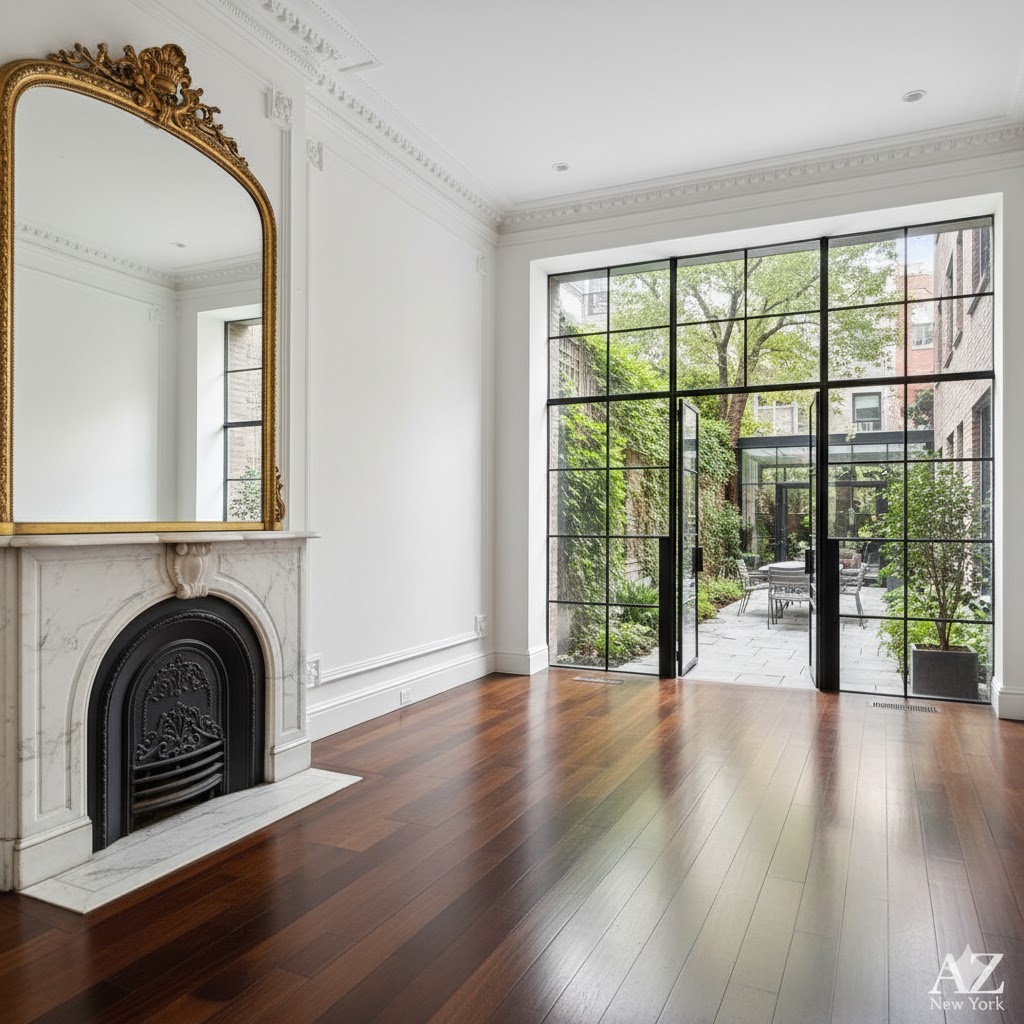Who are the real “wolves” of Wall Street today?

Who are the real “wolves” of Wall Street today?
The term “Wolf of Wall Street” conjures a specific image: a charismatic, fast-talking stockbroker bending the rules to sell stocks from a chaotic boiler room.
That image, immortalized by Hollywood, is largely a relic. The real apex predators of today’s Wall Street are a different breed entirely.
They are quieter, more analytical, and wield a power that makes the old wolves look like pups. Their hunting grounds are global markets, and their weapons are capital and code.
In this fourteenth analysis from AZ New York, we identify the new species of wolf that now dominates the financial ecosystem.
The Old Wolf vs. The New Wolf: A Comparative Look
The very nature of financial predation has evolved. The table below illustrates the shift from the classic boiler-room operator to the modern market titan.
| Attribute | The Classic Wolf (e.g., 1980s) | The Modern Wolf (Today) |
|---|---|---|
| Primary Weapon | Charisma, persuasion, cold calling | Algorithms, massive capital, data analysis |
| Natural Habitat | Loud, chaotic boiler room or trading floor | Quiet, data-driven office or server farm |
| Primary Prey | Individual retail investors (“Main Street”) | Market inefficiencies, undervalued companies |
| Public Image | Flashy, ostentatious, celebrity-seeking | Often anonymous, academic, under-the-radar |
| Key Skillset | Aggressive salesmanship | Quantitative modeling, programming, corporate law |
The New Apex Predators: 3 Case Examples
Today’s power is concentrated in the hands of a few key archetypes who have mastered the new rules of the game. They operate at a scale the old wolves could only dream of.
Case 1: The Private Equity Titan
This wolf hunts entire corporations. Private Equity (PE) firms like Blackstone or KKR use massive pools of capital to buy public companies and take them private. Out of the public eye, they restructure the company—often by cutting costs and selling off assets—before selling it or taking it public again for a huge profit. Their power is absolute operational control, far beyond simply trading stocks.
Case 2: The Hedge Fund Quant King
This is the ghost in the machine. The quant king, typified by firms like Renaissance Technologies, doesn’t persuade anyone. Instead, they command armies of Ph.D.s in physics and mathematics to build AI-driven trading algorithms. These systems identify and exploit tiny, fleeting mispricings in global markets, executing millions of trades in milliseconds. Their power is purely intellectual and technological, operating at a speed and scale that is beyond human capability.
Case 3: The Activist Investor
This wolf hunts in plain sight. Activist investors like Carl Icahn or Bill Ackman buy a large minority stake in a public company they believe is underperforming. They then launch a public, aggressive campaign—a proxy fight—to force the company’s board to make major changes. This can include firing the CEO, selling a division, or buying back stock. Their power is confrontational, using their ownership to seize the steering wheel of a major corporation.
Pro Tip: To understand how these modern wolves think, read their annual shareholder letters. The letters from firms like Berkshire Hathaway (Warren Buffett) or Pershing Square (Bill Ackman) are masterclasses in investment philosophy and often reveal their strategies for the year ahead.
Financial Market Curiosity: The stock ticker symbols themselves tell a story. Historically, companies listed on the older New York Stock Exchange (NYSE) had ticker symbols with one, two, or three letters (e.g., F for Ford, KO for Coca-Cola). When the more modern, electronic NASDAQ exchange was created, it used four- and five-letter symbols to differentiate itself (e.g., MSFT for Microsoft, AAPL for Apple).
Frequently Asked Questions (FAQ)
Let’s clarify the roles of these new powerful players.
Are the Jordan Belfort-style “boiler rooms” still a thing?
They are largely illegal and have been pushed to the fringes of the market. Modern scams are more likely to be digital, involving cryptocurrency “pump and dump” schemes or social media-driven fraud, but the large-scale, organized boiler room is mostly a thing of the past in regulated markets.
What is the main difference between a hedge fund and a private equity fund?
The simplest distinction is what they buy. Hedge funds typically buy and sell public securities (stocks, bonds, currencies) and can bet on them going up or down. Private equity funds buy entire companies, taking them private to restructure them over several years before exiting the investment.
Are these new “wolves” more dangerous than the old ones?
Their impact is far greater. While the old wolves scammed individuals out of their savings, the new wolves operate on a systemic level. The failure of a massive hedge fund or a series of bad bets by private equity could have ripple effects across the entire global economy. The danger is less about individual fraud and more about systemic risk.
Explore the strategies of these financial giants in our Business vertical.
Keywords for Your Next Internet Searches on the Subject…
Modern Wall Street power, private equity titans, hedge fund quants, activist investors explained, Blackstone vs KKR, Renaissance Technologies, Carl Icahn strategy, boiler room scams today, hedge fund vs private equity.
Tags
Wall Street, Private Equity, Hedge Fund, Activist Investor, Quantitative Trading, Blackstone, Carl Icahn, Renaissance Technologies, Financial Power, FiDi, New York City, US Economy, Stock Market, Corporate Raiders, Leveraged Buyout, M&A, Investment, High Finance, Modern Finance, Business
Part 1: Business, Economy, and Power (1–20)
This section explores the core of what makes the Financial District tick: the deals, the institutions, and the immense power that flows through its veins.
- What does it really mean to “work on Wall Street” today?
- How does the “investment banking” culture of FiDi shape the global economy?
- What is the true influence of the New York Stock Exchange (NYSE) on the daily lives of ordinary people?
- How deep is the connection between the political power of Washington D.C. and the decisions made on Wall Street?
- Does the “Charging Bull” still symbolize prosperity, or has it become an icon of corporate greed?
- What are the best-kept secrets of the major investment banks headquartered in FiDi?
- How is the rise of fintech and cryptocurrencies challenging the traditional financial dominance of Wall Street?
- What is the true human cost behind the multi-billion dollar profits generated in the Financial District?
- If the walls of Goldman Sachs or J.P. Morgan’s offices could talk, what would they reveal about power?
- Is Wall Street’s “work hard, play hard” culture sustainable in the long run?
- What is the role of the Federal Reserve Bank of New York in the stability (or instability) of the world economy?
- How ethical are the practices that led to the rise of so many financial empires in FiDi?
- What is the impact of artificial intelligence on the high-frequency trading that occurs on Wall Street?
- Who are the real “wolves” of Wall Street today?
- How is the gentrification of the Financial District transforming the social and economic landscape of Lower Manhattan?
- What is the next major financial crisis that could emerge from Wall Street?
- What does the concentration of so much financial power in a single area say about social inequality in the U.S.?
- How does the annual bonus culture on Wall Street affect the mindset and decisions of traders?
- What is the true story behind the fortunes built and lost on Wall Street?
- If the Financial District were a country, what would its GDP and foreign policy be?
Part 2: Lifestyle, Behavior, and Wall Street Culture (21–40)
Beyond the numbers, there’s a unique culture. This section delves into the daily lives, habits, and social dynamics of the people who power the Financial District.
- What is the unwritten dress code for success in FiDi?
- What is the daily routine of a junior analyst at an investment bank on Wall Street?
- What role do happy hours play in the networking and deal-making culture of the Financial District?
- Is life in FiDi more like the show “Billions” or the movie “The Wolf of Wall Street”?
- What are the most coveted status symbols among Wall Street professionals?
- How does the pressure to perform affect the mental health of workers in the Financial District?
- What is the “secret language” and jargon used by Wall Street insiders?
- Is there a “Wall Street dream” analogous to the “American dream”?
- How do FiDi professionals balance their personal lives with the long working hours?
- What is the role of exclusive clubs and secret societies in Wall Street’s power hierarchy?
- How has Wall Street’s culture changed since the 2008 financial crisis?
- What do “Wall Street bros” do for fun on the weekends?
- What is the soundtrack to the life of a successful trader on Wall Street?
- How important are philanthropy and donations to the public image of Wall Street billionaires?
- What are the gender dynamics like in an environment as male-dominated as Wall Street?
- What is the diet of a high-performance professional in the Financial District?
- What do Wall Street veterans teach newcomers about surviving in this competitive environment?
- What is the impact of Wall Street culture on New York City’s nightlife and relationships?
- What happens when someone on Wall Street “breaks” and loses everything?
- What cultural legacy is the current generation of Wall Street professionals leaving for the future?
Part 3: Architecture, Real Estate, and Urbanism (41–55)
The very streets and buildings of the Financial District tell a story. Here, we examine the physical environment that houses the world’s most powerful economic engine.
- How does the architecture of the Financial District’s skyscrapers reflect the power and ambition of their occupants?
- What is the story behind the names of FiDi’s streets, like Wall Street, Broad Street, and Pearl Street?
- How did One World Trade Center and the 9/11 Memorial change the landscape and spirit of the Financial District?
- What is the real cost of a luxury apartment with a view of the world’s financial heart?
- How did the geography of Lower Manhattan influence the development of the Financial District?
- What architectural secrets are hidden in the historic buildings of Wall Street?
- How does FiDi’s transportation infrastructure (subway, ferries, etc.) support the daily flow of millions of people?
- What is the future of office space in the Financial District in the era of remote work?
- How are security and surveillance integrated into the architecture and urban planning of FiDi?
- What is the historical significance of places like Trinity Church amidst the modern skyscrapers?
- How is real estate development in FiDi expanding into adjacent areas like the Seaport District?
- What is the environmental impact of concentrating so many buildings and people in such a small area?
- What do future urban planning projects reveal about the evolution of the Financial District?
- What does it feel like to walk through the narrow streets and canyons of steel and glass in FiDi?
- How is New York’s history as a commercial port still visible in the urban landscape of the Financial District?
Part 4: Gastronomy, Entertainment, and Leisure (56–70)
Where do the power players dine, drink, and unwind? This section explores the culinary and recreational landscape of the Financial District.
- Where do Wall Street bankers have lunch to close multi-million dollar deals?
- What is the most iconic bar in the Financial District for a “power happy hour”?
- How has FiDi’s dining scene evolved from simple “power lunches” to Michelin-starred restaurants?
- What role do steakhouses play in Wall Street’s business culture?
- What are the secret getaways and leisure spots for FiDi professionals to escape the pressure of work?
- How does the nightlife in the Financial District compare to other Manhattan neighborhoods, like the Meatpacking District?
- What is the most ordered drink in Wall Street bars after the market closes?
- Where do Wall Street traders celebrate a day of record profits?
- How important is coffee to the frantic routine of the Financial District?
- How are cultural and artistic events beginning to flourish in an area traditionally focused on business?
- What is the best spot in FiDi to watch the sunset over the Hudson River?
- What luxury entertainment options are available to the Wall Street elite?
- How does street food (food trucks) adapt to serve the hurried crowds of the Financial District?
- What do the restaurants and bars in FiDi reveal about the hierarchy and status of their patrons?
- What is the experience of dining in an exclusive restaurant at the top of a Financial District skyscraper?
Part 5: Luxury, Fashion, and Status (71–80)
In a world of high stakes, symbols of success matter. This section looks at the role of luxury, fashion, and status in the Financial District.
- What is the unofficial “uniform” of a successful investment banker on Wall Street?
- What are the most popular watch brands among traders in the Financial District?
- How are luxury and ostentation perceived in Wall Street culture?
- What is the dream car of a young analyst who has just received their first big bonus?
- How has fashion in FiDi evolved from the traditional suit and tie to a more “business casual” style?
- What are the favorite luxury stores and boutiques of the Wall Street elite?
- What does a bespoke suit say about someone’s position in the Wall Street hierarchy?
- How are accessories (shoes, briefcases, pens) used as symbols of power and status in FiDi?
- How important is membership in exclusive gyms and fitness clubs in the Financial District?
- How does the concept of “luxury” on Wall Street extend beyond material goods to include experiences and exclusive access?
Part 6: History, Curiosities, and Memes (81–90)
The Financial District is steeped in history and modern lore. This section uncovers fascinating stories, hidden facts, and the neighborhood’s role in internet culture.
- What is the real origin of the name “Wall Street”?
- What were the most dramatic and iconic moments in the history of the New York Stock Exchange?
- What is the story of the “Fearless Girl” statue and its relationship with the “Charging Bull”?
- What are the most famous legends and myths about the early days of Wall Street?
- How do internet memes (like the “Stonks” meme) portray and satirize the world of Wall Street?
- What were the biggest financial scandals that rocked Wall Street throughout history?
- What is the history of Federal Hall, the site where George Washington was inaugurated as the first U.S. President?
- Who are the “ghosts” of Wall Street—the companies and fortunes that vanished overnight?
- How have movies and books shaped the public’s perception of Wall Street?
- What is the most surprising curiosity about daily life in the Financial District that most people don’t know?
Part 7: Future, Innovation, and Technology (91–100)
What’s next for the Financial District? This final section looks ahead at the trends, technologies, and challenges that will define the future of Wall Street.
- How could blockchain technology and decentralized finance (DeFi) make Wall Street obsolete?
- What will be the role of humans in the financial market as artificial intelligence becomes more sophisticated?
- How is the Financial District adapting to climate change and the need for sustainability?
- What is the next major technological innovation to come out of “Silicon Alley” and impact Wall Street?
- How will remote work and the decentralization of offices affect the future of the Financial District as a center of power?
- What is Wall Street’s role in funding space exploration and other futuristic technologies?
- How is Generation Z changing the culture and priorities of the financial sector on Wall Street?
- Will the Financial District continue to be the world’s financial center in the coming decades, or will it be surpassed by other global hubs like Shanghai or Singapore?
- How are big data analytics and quantum computing transforming investment strategies on Wall Street?
- What is the most important question about the future of Wall Street that no one is asking?

